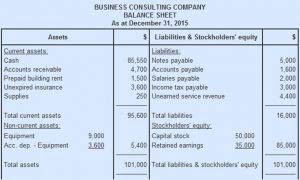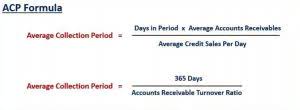
By understanding its purpose and how it affects your taxes, you can handle it with confidence and avoid mistakes. A Schedule K-1 is a federal tax document provided by the IRS and issued by entities such as Partnerships, S corporations, and Trusts and Estates to report earnings, losses, and dividends. Any time k1 meaning you are invested in a “pass through entity”, you haven’t paid tax at the partnership level, so you have to pay it to the IRS individually.

What is a Schedule K-1?
- Our goal with updating our sharing application is to make it simple for you to manage and distribute K1s while also serving as a valuable resource for your investors.
- If you’re self-employed, you’re most likely to get a K-1 because you own a stake in a business structured as a partnership or S corporation.
- A Schedule K-1 lists taxable income, similar to a W2 or a Form 1099, but only for the particular types of business entities outlined above.
- Further, the alternative investment portion of your portfolio should include a balanced portfolio of different alternative investments.
- As a sponsor, securely issuing individual tax forms to investors is a top priority and should be done promptly and efficiently.
- Any estimates based on past performance do not a guarantee future performance, and prior to making any investment you should discuss your specific investment needs or seek advice from a qualified professional.
If you receive a K-1 form, be sure to review it carefully and use the information provided to complete your individual tax return. By following these guidelines, you can avoid errors and penalties and ensure that you are in compliance with assets = liabilities + equity IRS regulations. A Schedule K-1 is a federal tax form that pass through entities like partnerships and S corporations and sometimes trusts and estates send to their partners, shareholders, or beneficiaries. The form reports the income, losses, and gains passed to each party with an interest in the entity. This information is then used by the recipient to prepare their own tax returns.
What Tax Forms to File as a First-Time Business Owner

Alignment with accounting standards like GAAP or IFRS ensures transparency in financial reporting. The departing owner must calculate their adjusted basis in the entity to determine any gain or Legal E-Billing loss from terminating their interest. This calculation accounts for the original investment, capital contributions, prior distributions, and partnership liabilities assumed by the departing partner, as outlined in IRC Section 752. LLCs only need to fill out Schedule K-1 if they are classified as partnerships for federal income tax purposes.

Credits
It is issued to partners, shareholders, and beneficiaries, detailing their share of the entity’s income, deductions, and other tax items. If you are a partner or shareholder in a pass-through entity, you probably received a copy of the Schedule K-1, filled out to report your share of the partnership’s income, deductions, and credits. The information from the K-1 is then put on your personal tax return.


Both these forms are “information returns” as they are not the actual returns that need to be filed, but contain information that is needed to file your taxes. If you actually own the business, you can prepare your own K-1 when you prepare your business taxes and then file your K-1 with your personal taxes. With TurboTax Live Business, get unlimited expert help while you do your taxes, or let a tax expert file completely for you, start to finish.
- Errors, such as overstated income, can inflate tax liabilities, while underreporting may attract IRS scrutiny.
- The credits section provides information on tax credits that directly reduce tax liability.
- “Pass-through entities” or “flow-through entities” are businesses that qualify for and must use schedule K-1 tax forms because the tax liability is transferred to the investor.
- Income generated from partnerships is added to the partner’s other sources of income and entered on Form 1040.
- An S Corporation (S Corp) is a corporation taxed under Subchapter S of the Internal Revenue Code.